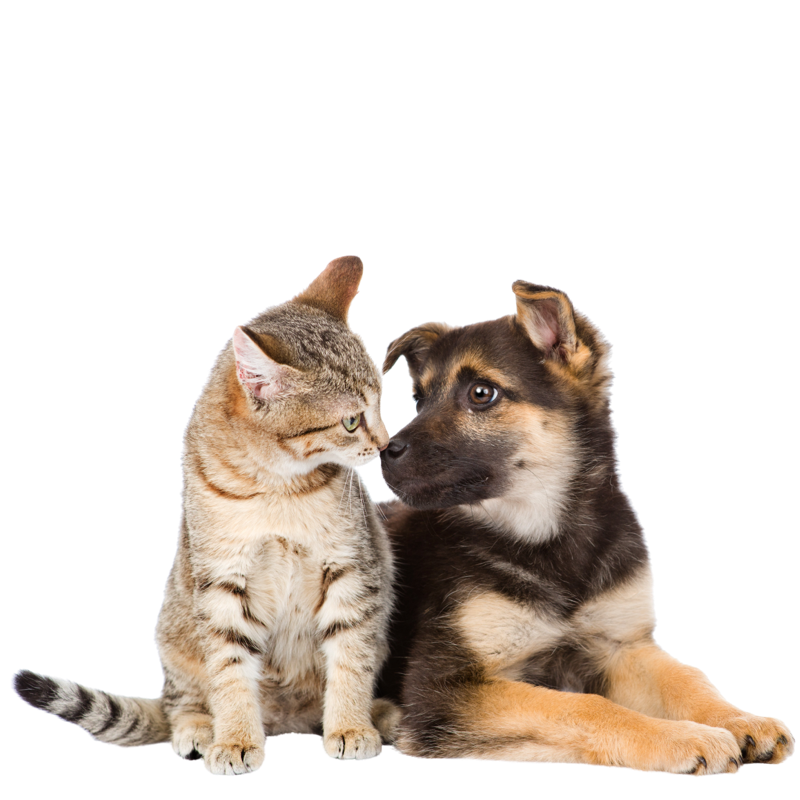Last week I had a conversation with some clients about having some routine surgery performed on their older dog. The dog needed a thorough dental cleaning (with full mouth dental x-rays of course) and a couple of small lumps removed. The entire procedure would probably require about 90 minutes under anaesthetic. Like many people they knew that what needed to be done was important and they wanted it done, but they were extremely concerned about “losing their dog” during the procedure. We hear this concern a lot and I have a standard answer to it that seems somewhat conceited I suppose…
My answer is “not in our hospital”.
People have the misconception that anaesthetic is risky in animals, particularly older animals. Many years ago this was actually true as it was very uncommon to perform pre-operative blood tests, keep animals on fluids during surgery and have dedicated staff monitoring them throughout the entire procedure. It was also uncommon to keep them heated/warm throughout the procedure and to send home pain medications after the surgery. How do I know this? I have been practicing for 25 years, this is how we used to practice 25 years ago. The reason behind this was simple… people didn’t want to spend money on these things as they increased the cost of procedures. Of course we knew that they made the procedures safer, but back then the vast majority of pet owners regarded their pets as “just a cat” or “just a dog”. In short, most people were more concerned with the cost of the procedure than they were with safety. And, sadly, many veterinarians felt the same way.
Nowadays this is completely unacceptable to most of the pet-owning population and to most veterinarians (and certainly to the vast majority of our clients at Hillcrest). Our pets have become vastly more important to us and for many people the safety of the procedure is much more important than the cost. Most of us regard our pets as members of the family and for many folks they are the only family that they have left.
Although there certainly is increased risk of problems with anaesthetic and surgical complications in older animals they can all be prevented by performing a few tests and procedures before the surgery is performed, and by monitoring them closely during and after the procedure.
Lung and heart disease are common in older animals and can be detected by doing a thorough physical exam beforehand. Also the Registered Veterinary Technician that monitors the patient throughout the procedure monitors both heart and breathing rates as well as the “quality” of the breaths the animal is taking.
Patients are catheterized and kept on fluids throughout the surgery to keep their blood pressure up (which is also monitored throughout the procedure as it falls under anaesthetic) and to ensure a more rapid recovery afterwards. This not only provides support for the heart but it protects the kidneys from damage that occurs when blood pressure falls too low. The catheter also provides instantaneous access to a vein for use in administering drugs throughout the procedure as well as being available if a problem does occur.
Kidney disease and liver disease go together in that both of them are evaluated before any anaesthetic is given to an older animal to ensure that these organs are working normally and that they can do their jobs of eliminating the sedatives and anaesthetics that we use on our patients. They are also very important in the choice of which pain killers we will use during and after surgery.
Loss of body heat is a much bigger problem than most people realize, particularly in smaller patients like kittens and puppies. If a patient’s body temperature falls too low many organs will decrease function (like the heart) or even stop functioning (kidneys in particular). These changes endanger patients and can cause extremely long recoveries from anaesthesia.
Pain management both during and after procedures is extremely important. All surgical procedures are painful… all of them! Many may only require pain medication during the procedure and for a short time afterwards, but most will require 3 to 5 days of pain medication. This particularly applies to procedures like neutering and spaying dogs and cats which are quite painful. Just because animals can hide their pain from us does not mean that they do not feel pain. They feel pain exactly the same way that we do and for exactly the same reasons, they just express it differently.
At our hospital each of these procedures are not only performed for our older patients, they are also performed for our younger patients. And like many other veterinary hospitals out there we have Registered Veterinary Technicians who spend the entire procedure by our patients’ sides performing the monitoring. These Technicians keep a detailed anaesthetic log throughout the procedure where each parameter is logged every five minutes. Doing all of these things every time, before and during surgery, reduces the risks associated with anaesthetic. Do they add to the cost of the procedure? Yes, they do.
We recommend these tests and procedures every time for every one of our patients regardless of their age, and we will discuss why they are recommended with every client who has questions. We let them decide what they feel is a risk that they are willing to accept. We do not make the decision for them to compromise the care of their pet for the sake of money. The bottom line is that our patients deserve the very best care we can provide them with, every time.
That is exactly what we give them every day, one procedure at a time.
So, like I said above… “not in our hospital”.
Dr. Mike Steen
Hillcrest Animal Hospital
November 2014



